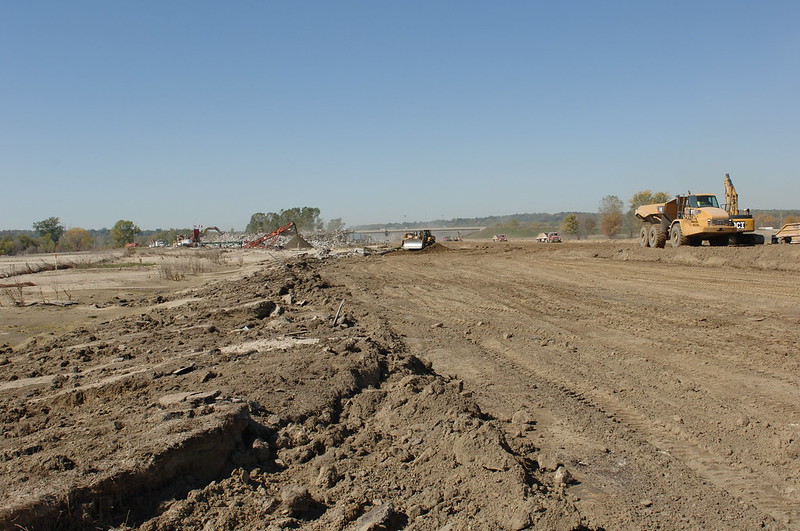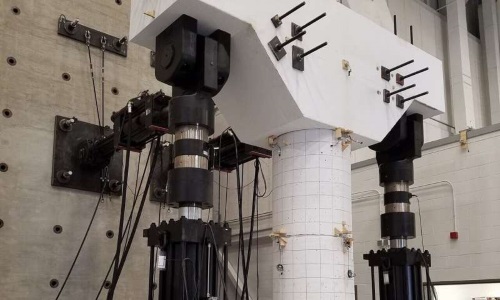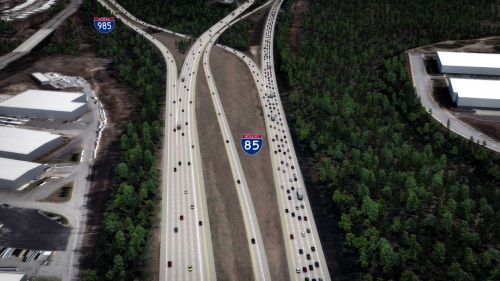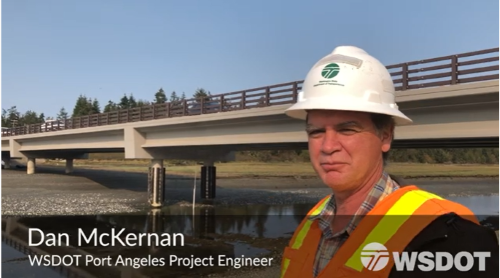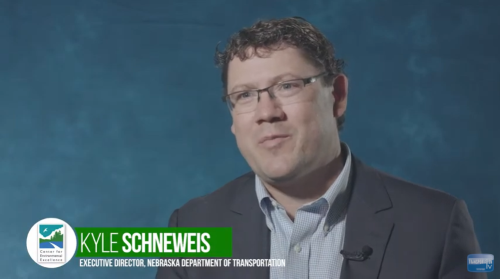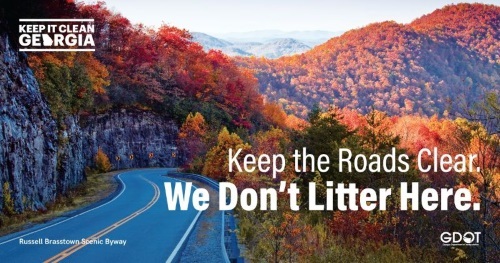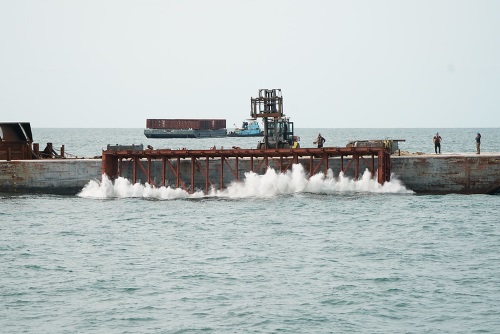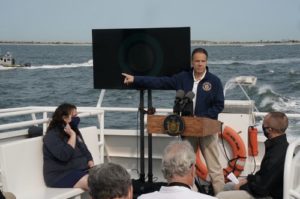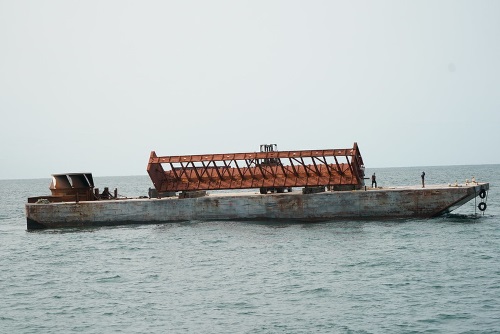To determine the effectiveness of its erosion- and sediment-control techniques, the Iowa Department of Transportation recently teamed up with Iowa State University over two construction seasons to establish which ones worked the best and which ones needed improvement.
[Photo courtesy of Iowa Department of Transportation.]
According to an Iowa DOT blog post, Melissa Serio with the agency’s construction and materials group teamed up with Mike Perez, an Iowa State researcher, to examine alternative erosion and sediment control techniques and adaptations used successfully by other transportation agencies to see how well the Iowa DOT’s standard practices.
Some of Iowa DOT’s frequently used erosion and sediment control techniques include: fabric silt fences to slow water flow and collect sediment; porous mesh tubes (called wattles) filled with straw or other material to control storm water flow; sediment basins or small retention ponds to hold water until solid materials can settle; and rock check dams.
“While we were convinced these elements help control erosion and sediment, it wasn’t clear whether these were the most effective or whether there were other approaches that could be undertaken to achieve better or less expensive results,” Serio explained. “It was important to understand the feasibility of possible changes to practice and identify the right improvements that could be put in place at the right price.”
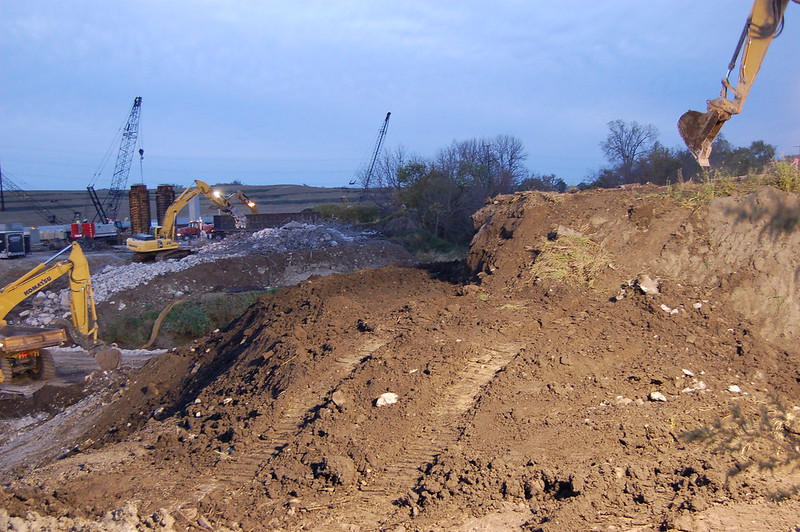
While some of Iowa’s existing techniques already performed well, several potential improvements became apparent over the course of the two-year study. For example, simple adjustments to silt fences included reducing the space between posts, adding wire support to the fence’s fabric backing, and cutting a notch, or weir, at the top of the fence so that overtopping of water could be directed to the most desired location.
The Iowa DOT detailed that and other improvements in its final report and technology transfer summary.
Even as the research pointed to potential new best practices, the Iowa DOT said this study “also challenged our expectations.” For example, sediment basins appeared not to be as effective a sediment control measure as had been previously thought. In fact, some data collected suggested that water leaving the basins might have more sediment than it had when entering.
“Further research in a controlled environment will provide more insight, but these initial findings are extremely valuable as we seek to maximize the effectiveness of our erosion and sediment control measures,” the agency noted. “We plan to include the most effective and cost-efficient erosion and sediment control treatments identified in this research project as part of standard road plans in the near future – mostly likely beginning the spring of 2021,” the Iowa DOT said.

